Marmot
- December 18, 2023
- 0 comment
The marmot, a robust and social member of the Sciuridae family, is a captivating rodent species known for its distinctive appearance and behaviors. Identified by their stocky build, short legs, and long, bushy tails, marmots are well-adapted to life in alpine and subalpine environments. Their physical description often includes a dense fur coat, varying in color from brown to gray, providing insulation in their cold habitats.

Marmots are spread across a diverse range of species, with the yellow-bellied marmot and the hoary marmot being notable examples found in North America. While these rodents are generally docile, they may encounter conflicts with humans, particularly in areas where their burrowing activities can cause damage to infrastructure or conflicts over vegetation consumption. The legal status of marmots varies, with some species protected due to their ecological importance, while others may face challenges due to their impact on agriculture or landscaping.
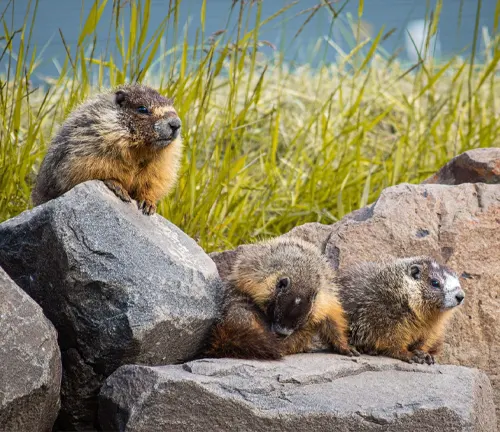
Identifying marmots involves recognizing their distinctive features, such as their rounded bodies and short ears, which set them apart from other rodents. Their species range spans across mountainous regions in North America, Europe, and Asia. While generally considered harmless, marmots can carry diseases, and their burrows may pose safety concerns in certain contexts. Understanding the nuances of marmot biology, legal considerations, and potential conflicts aids in fostering coexistence between these intriguing rodents and human communities.
| Aspect | Specification |
|---|---|
| Family | Sciuridae |
| Physical Description | Stocky build, short legs, bushy tail, dense fur coat |
| Coloration | Varies from brown to gray |
| Distinctive Features | Rounded body, short ears |
| Species Range | Alpine and subalpine environments in North America, Europe, and Asia |
| Notable Species | Yellow-bellied marmot, hoary marmot |
| Habitat | Mountainous regions |
| Behaviors | Social, burrow-digging, hibernation |
| Conflicts | Potential conflicts with humans due to burrowing activities and vegetation consumption |
| Legal Status | Varied, with some species protected for ecological reasons |
| Health Concerns | Potential carriers of diseases, burrows may pose safety concerns |
| Conservation Status | Varies based on species and regional considerations |
Exploring Their General Biology
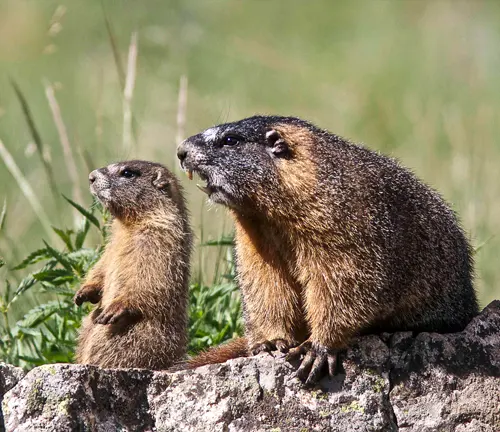
Navigating the Rodent Realm
Marmots, those robust members of the Sciuridae family, weave a fascinating narrative of life in alpine and subalpine landscapes. Their general biology reveals a stocky build, short legs, and a distinctive bushy tail, defining their presence in these high-altitude environments. Understanding the intricacies of marmot biology provides a glimpse into their adaptation to mountainous terrains and the role they play in these ecosystems.
Reproduction Strategies
Delving into the reproduction strategies of marmots unveils the circle of life in these alpine dwellers. Marmots engage in seasonal mating rituals, and the females carefully nurture their offspring in burrows. Exploring the nuances of marmot reproduction sheds light on the challenges and survival strategies of these rodents in their rugged habitats.
Behaviors that Define Marmots
Marmots are not merely solitary creatures; they exhibit a range of behaviors that define their social dynamics. From communal burrow-digging activities to moments of solitude, understanding marmot behavior provides insight into their adaptive strategies for survival. Observing these behaviors offers a window into the rich tapestry of their lives in mountainous terrains.
Nesting and Denning Cover
Marmots are skilled architects of their homes, crafting nests and dens for various purposes. Exploring their nesting and denning cover preferences unveils the importance of these structures for shelter, protection, and hibernation. Understanding the choices marmots make in creating these havens provides a deeper appreciation for their resourcefulness.
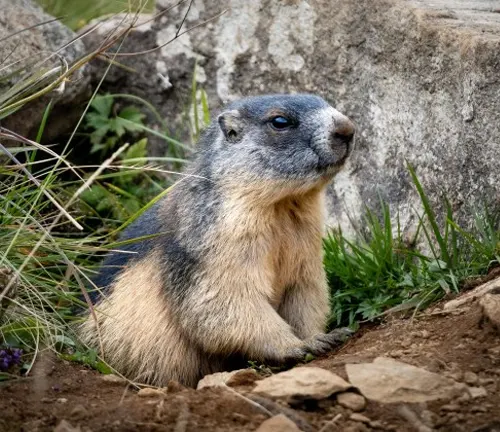
Habitat Preferences
Marmots are true conquerors of the alpine and subalpine realms, thriving in mountainous landscapes across North America, Europe, and Asia. Examining their habitat preferences sheds light on their ability to adapt to harsh conditions and the ecological niches they occupy in these high-altitude environments.
Feasting in the Heights
The culinary preferences of marmots extend beyond the mountainous heights. Their diet includes a variety of vegetation, from grasses to herbs, sustaining them through the seasons. Exploring their food habits unravels the delicate balance between these rodents and the alpine flora they call home.
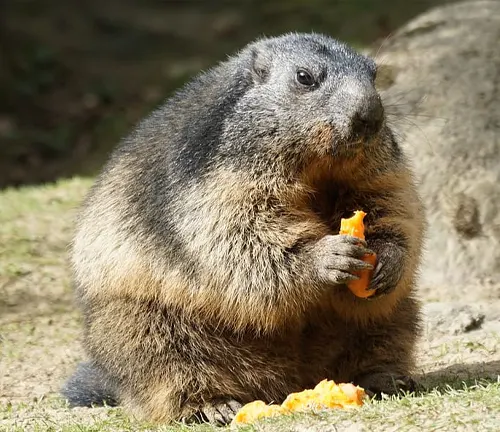
Symphonies in the Silence
While the mountainous terrain may seem silent, marmots contribute to the symphony of the high altitudes. Delicate vocalizations, subtle sounds, and distinct tracks and signs tell the story of their presence. Deciphering these auditory and visual cues provides enthusiasts and researchers with a means to understand the language of marmots in the serene heights.
Assessing Damage and Mitigation
Understanding the Impact of Marmots
The charming marmot, with its alpine charm, can inadvertently cause challenges in certain scenarios. Identifying the damage caused by marmots is crucial for implementing effective mitigation strategies. From landscapes to crops and structures, understanding how these rodents interact with their surroundings allows for a balanced coexistence between humans and these mountainous dwellers.
Unveiling the Impact on Natural Environments
Marmots, while integral to alpine ecosystems, can influence landscapes in ways that may pose challenges. Their burrowing activities, for instance, may alter the topography and vegetation. Delving into the specifics of landscape damage caused by marmots provides insights into the delicate balance between their ecological role and potential human concerns.
Assessing Agricultural Impacts
For farmers and those invested in agriculture, understanding the impact of marmots on crops and livestock is paramount. These rodents may indulge in vegetation consumption, potentially leading to economic losses. Examining their role in agricultural ecosystems sheds light on strategies to protect crops and livestock while maintaining a harmonious relationship with these alpine residents.
Exploring the Impact on Buildings and Infrastructure
As endearing as marmots may be, they can pose challenges to structures and infrastructure. Their burrowing behaviors may extend to man-made spaces, leading to potential damage. Exploring the impact on structures unveils the need for preventative measures and highlights the importance of responsible cohabitation with these alpine residents.
Different Species
Yellow-bellied Marmot
(Marmota flaviventris)
Found in mountainous regions of North America, from southern Alaska to New Mexico. Known for their yellowish belly and distinctive whistle.
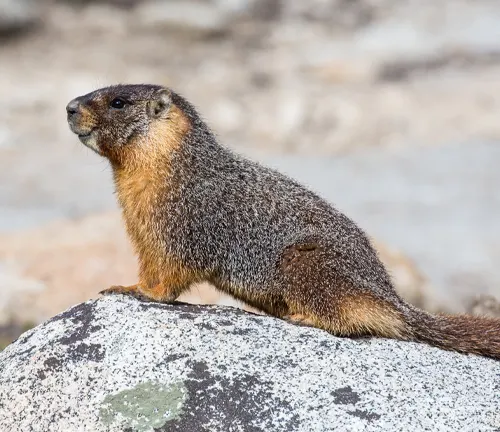
Hoary Marmot
(Marmota caligata)
Inhabits alpine environments in North America, particularly in the western part of the continent. Recognized by their silver-gray fur and preference for rocky habitats.
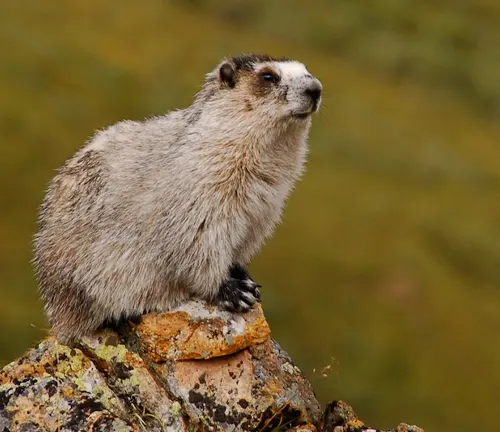
Alpine Marmot
(Marmota marmota)
Native to the mountainous regions of central and southern Europe. Known for their social behavior and living in family groups.
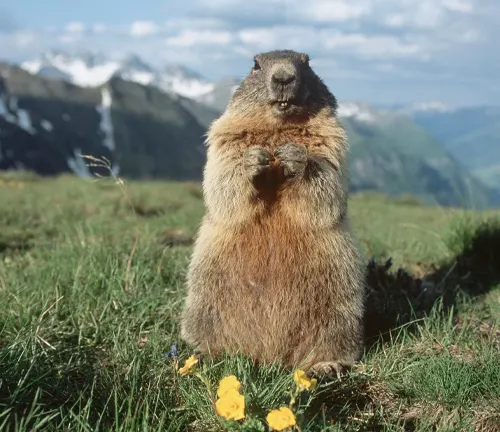
Bobak Marmot
(Marmota bobak)
Found in parts of Eastern Europe and Asia, including Ukraine and Russia. Recognized by their sturdy build and brownish fur.
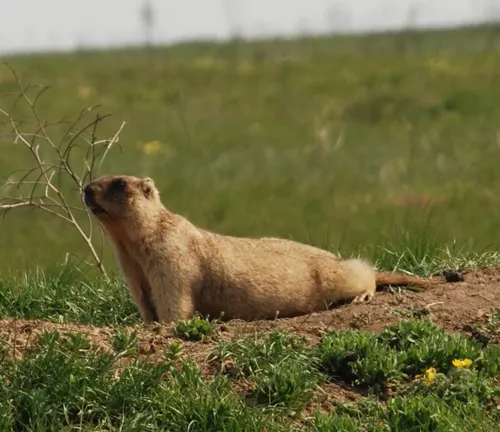
Himalayan Marmot
(Marmota himalayana)
Inhabits the Himalayan region, including India, Nepal, and Bhutan. Well-adapted to high-altitude environments.
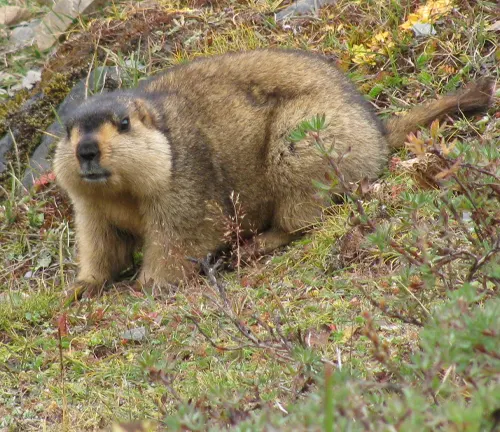
Long-tailed Marmot
(Marmota caudata)
Found in parts of Central Asia, including Kazakhstan and China. Named for their relatively longer tail compared to other marmot species.
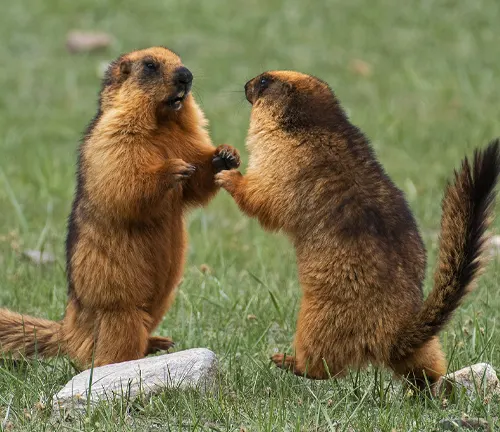
Olympic Marmot
(Marmota olympus)
Endemic to the Olympic Peninsula in Washington, USA. Known for its unique isolation and adaptation to the local environment.
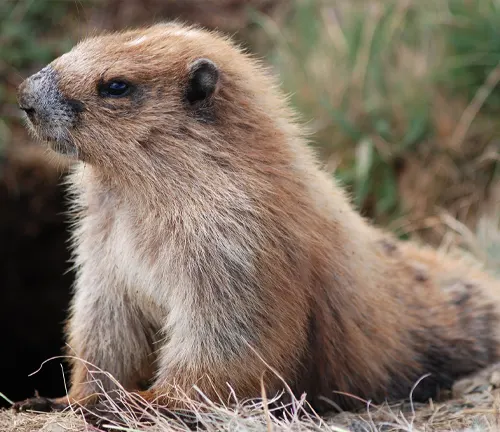
Tarbagan Marmot
(Marmota sibirica)
Inhabits parts of Central Asia, including Mongolia. Recognized for their social structure and vocalizations.
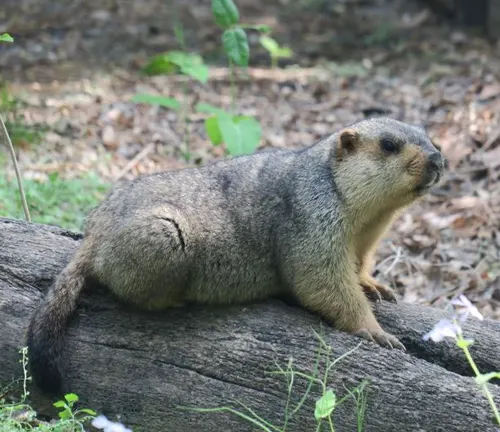
Frequently Asked Questions (FAQs)
1. What is a marmot?
A marmot is a type of large ground-dwelling squirrel belonging to the Sciuridae family. They are known for their stout bodies, short legs, and bushy tails.
2. Where are marmots found?
Marmots are found in various mountainous regions around the world, including North America, Europe, Asia, and the Himalayas.
3. What do marmots eat?
Marmots are herbivores and primarily feed on grasses, herbs, flowers, and other vegetation. Their diet may vary depending on the species and the availability of food in their habitat.
4. Are marmots social animals?
Yes, many marmot species are social animals and live in family groups. They are known for their complex social structures and communication through vocalizations.
5. Do marmots hibernate?
Yes, marmots are hibernators. During the winter months, they enter a state of torpor, lowering their metabolic rate and conserving energy until spring.
6. Do marmots burrow?
Yes, marmots are skilled burrowers. They create elaborate burrow systems that serve as shelters, nesting areas, and protection from predators.
7. Are marmots dangerous to humans?
Generally, marmots are not considered dangerous to humans. They are shy and tend to avoid human interaction. However, like any wild animal, it’s essential to observe them from a safe distance.
8. Are marmots protected species?
The conservation status of marmot species varies. Some species may be protected due to their ecological importance, while others may face threats from habitat loss or human activities.
9. Can marmots be kept as pets?
In many places, keeping marmots as pets is not legal or recommended. Wild animals have specific needs that are challenging to meet in a domestic setting.
10. How can I prevent marmot damage to my property?
Preventing marmot damage involves measures like securing structures to prevent burrowing, using deterrents, and implementing landscaping practices that discourage their presence.



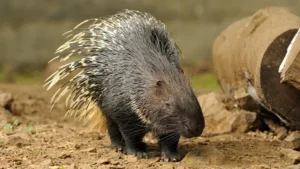
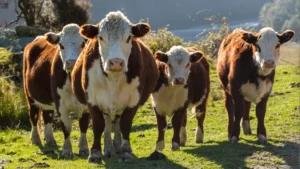
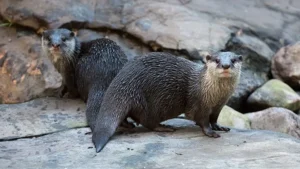
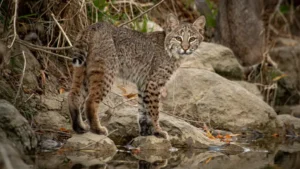



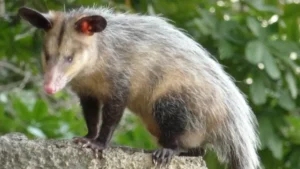
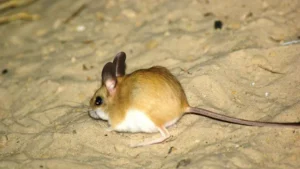
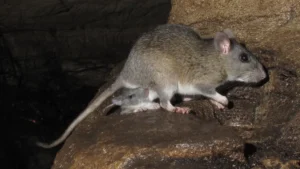
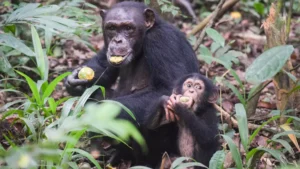
Leave your comment